"Las Ñatitas" is a fascinating—and for some, macabre—Bolivian tradition celebrated each year on the 8th of November, just a week after the Day of the Dead. It’s all about honouring and remembering the loved ones who’ve passed away, but with a “special” twist—you’ll see people bringing human skulls, or "Ñatitas," to cemeteries and chapels for blessings or just to give them a little walk around the neighbourhood. These aren’t just any skulls; they’re often passed down from generation to generation, or, in some cases, even stolen from cemeteries. They’re all cherished as protectors and helpers, no matter their background story.
During the festival, people decorate their Ñatitas, also called “Papitos,” with all sorts of items, from flowers to hats and sunglasses. They offer gifts such as coca leaves, alcohol, or cigarettes and, in return, ask for protection, good health, or guidance.
Also, there are a lot of musicians playing music throughout the area (and the entire day) to please the Ñatitas with some tunes.
While the Catholic Church traditionally views skulls as symbols of death, danger, and mortality, in Bolivia, Ñatitas are celebrated as spiritual allies, treated like family members who can assist the living. Families believe these skulls offer protection from bad luck, illness, and other misfortunes. Some Ñatitas even have specific roles, such as safeguarding the home, helping with business success and even doing witchcraft. There are even some associations that take care of Ñatitas in case the family no longer wants to keep them at their home.
I had the chance to speak with a man named Luis, who shared with me the story of his Ñatita. Strangely enough, the skull belonged to his mother, who died at a very young age of a heart attack. Several years after her death, Luis’s aunt had a dream where his mother appeared, saying she was longing to return home to help her son. Right at the time his aunt told him about the dream, Luis was struggling a lot financially. Luis then decided to follow his mother’s wish and help her to return home.
In Bolivia, between five and ten years after death, bodies are sometimes reduced to smaller remains to conserve cemetery space. When this time came, Luis bribed the man handling the task of exhuming her mother’s body with 100 Bs so he could get his mother’s skull. Since then, he’s kept her skull in his home as if she were still a member of the family. Luis believes she watches over the house, turning off lights at night or turning them on if someone tries to break in. He says she even helped him overcome his financial difficulties, bringing him opportunities and guidance. However, Luis knows he must take good care of her, greeting and speaking to her daily. If he doesn’t, she might get upset or call a “friend” to keep her company.
The “Ñatitas" festival is not just about remembering the dead—it’s a way of integrating the ancestors into everyday life, and celebrating the circularity of our existence. This tradition highlights the resilience of Bolivia’s cultural identity. It’s a striking example of how syncretism can create something wholly unique, serving as a reminder that tradition can evolve while keeping its essence alive.
The "Ñatitas" festival is a testament to Bolivia’s unique way of honouring the past while embracing the present. It’s a vivid example of how cultural traditions can remain dynamic and meaningful, even in a fast-evolving world. The celebration of Ñatitas reminds us that the past can still play an active role in our lives, providing protection, guidance, and a sense of continuity.
My blog will always remain free for everyone to enjoy!
If you appreciate my content and would like to support my work, consider subscribing and sharing my work.
Also, consider joining any of my upcoming street photography workshops or purchasing my street photography e-zine “Understanding Colour”
Check my zine here!
I’ll announce the WORKSHOPS for 2025 very soon! Stay tuned!!!!
Your support means a lot and helps me continue creating content.
Thank you for being a part of this journey!
Cheers!

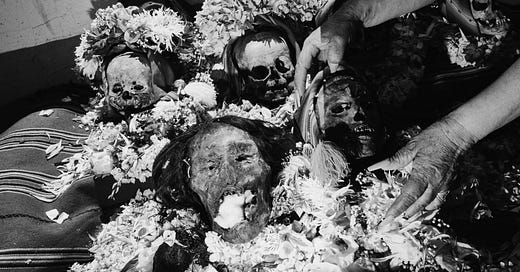




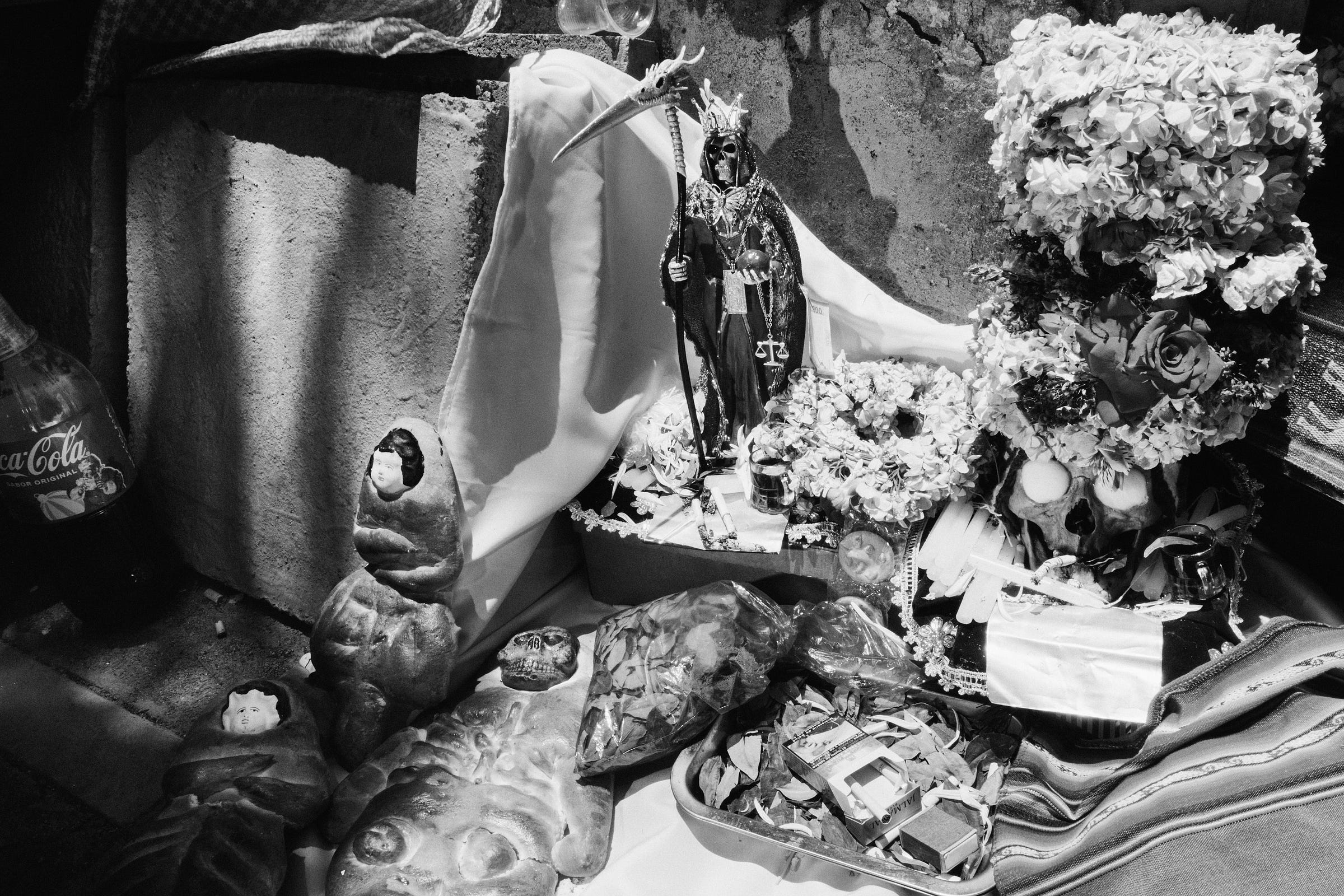




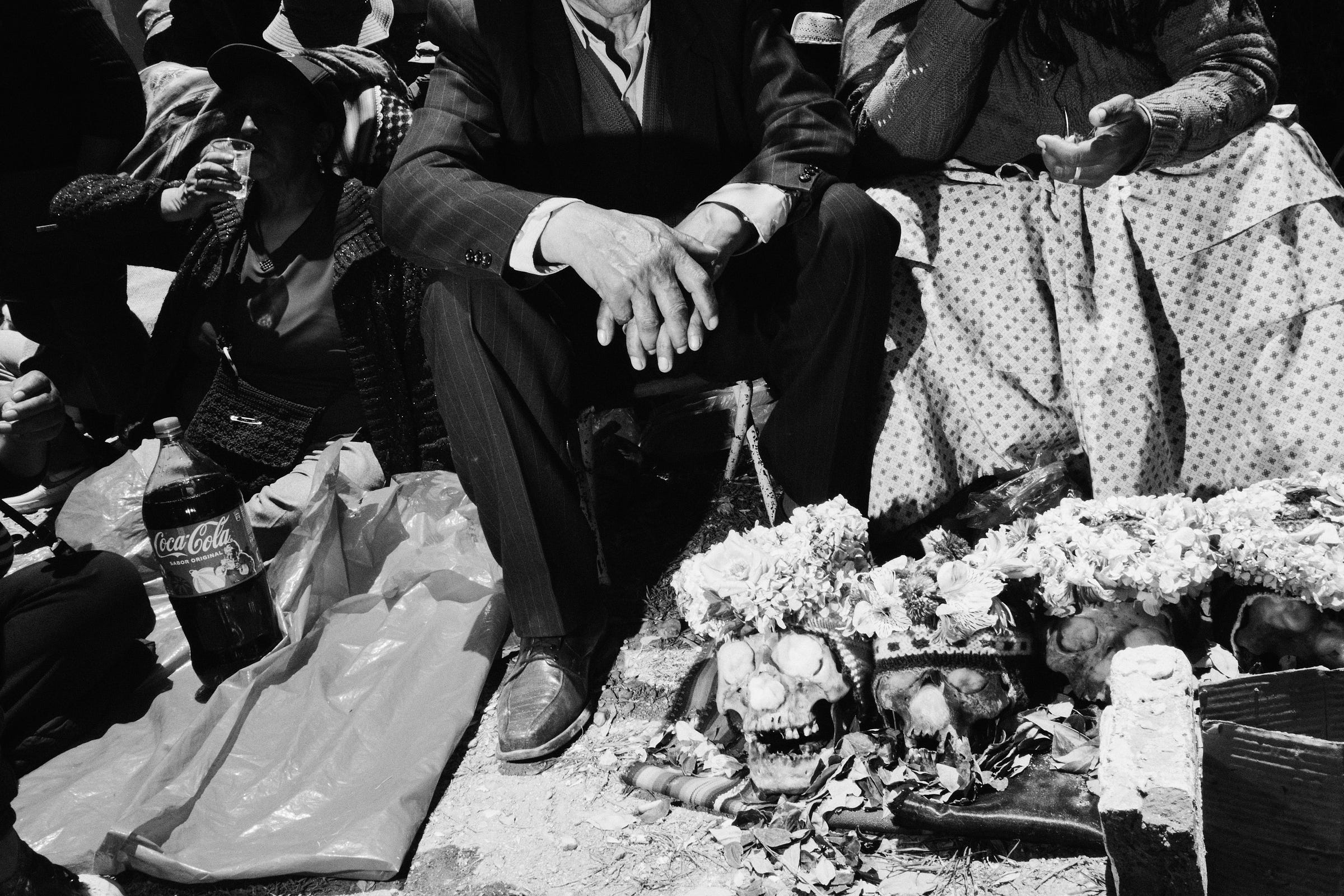

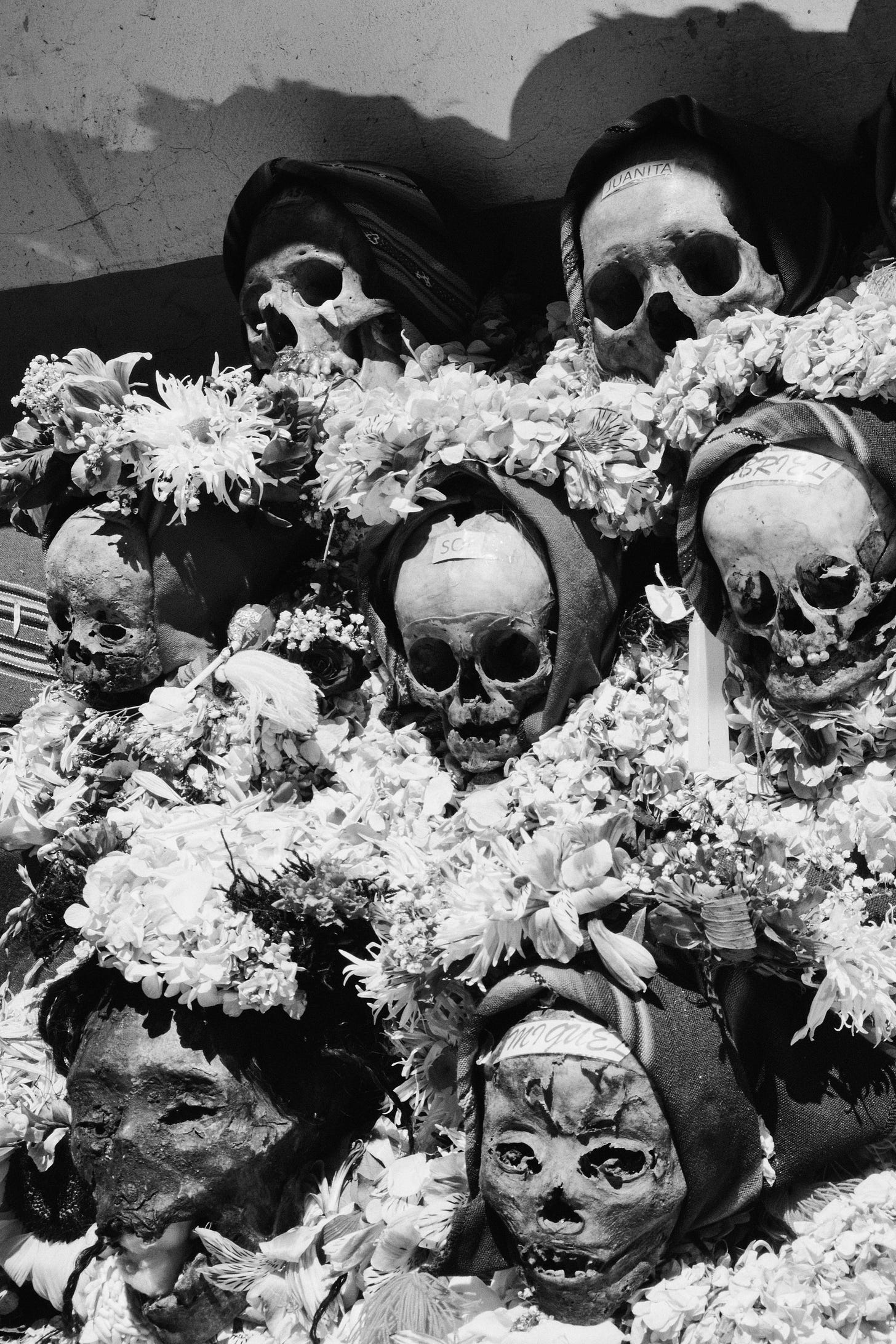
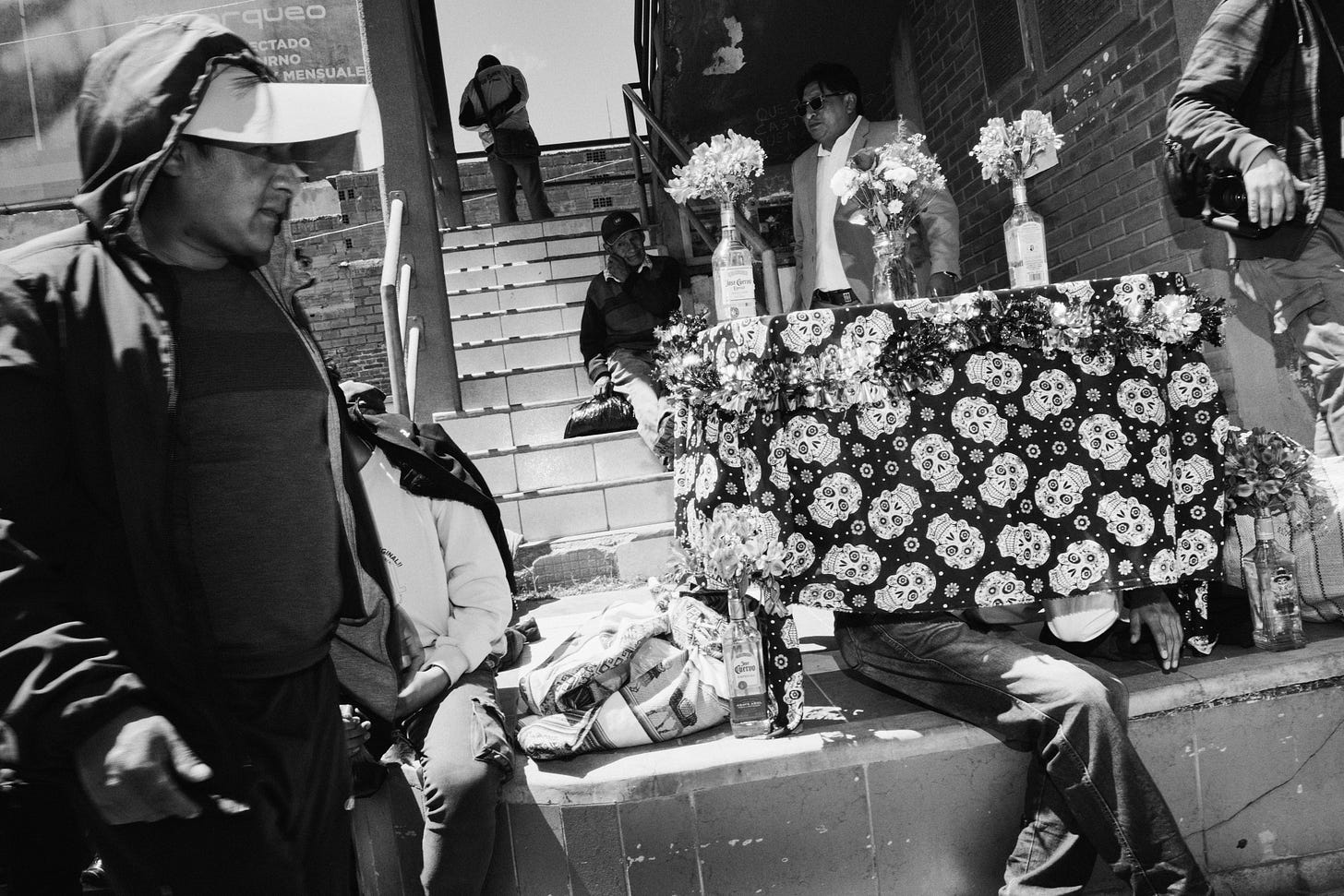

Thank you for these beautiful photos and the essay about such a fascinating tradition!
Wonderful images and such great information to add depth to the stories. Thank you for taking the time to write.